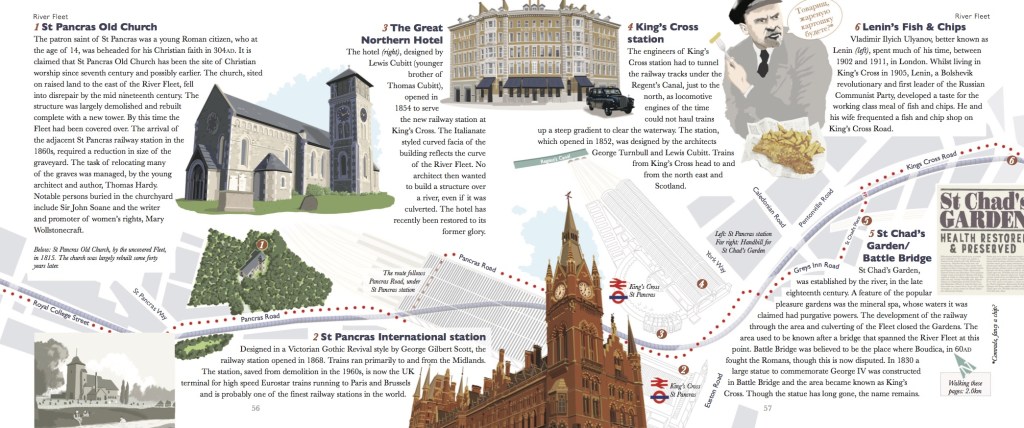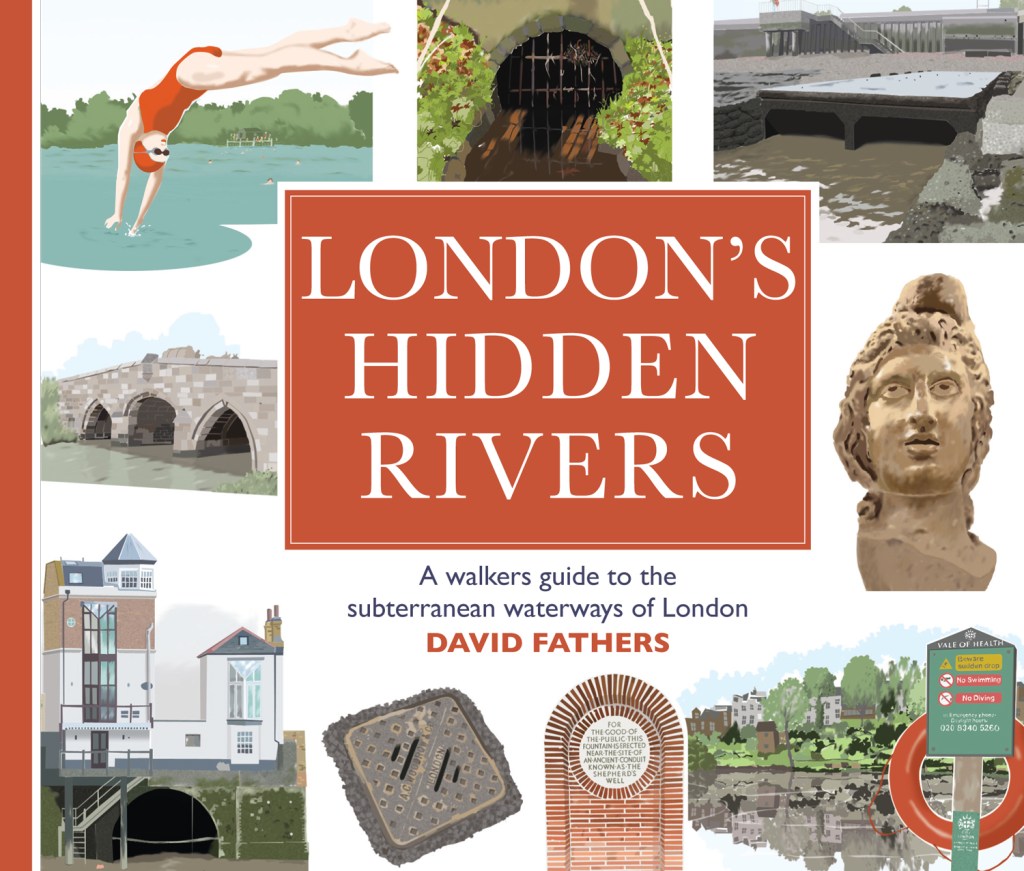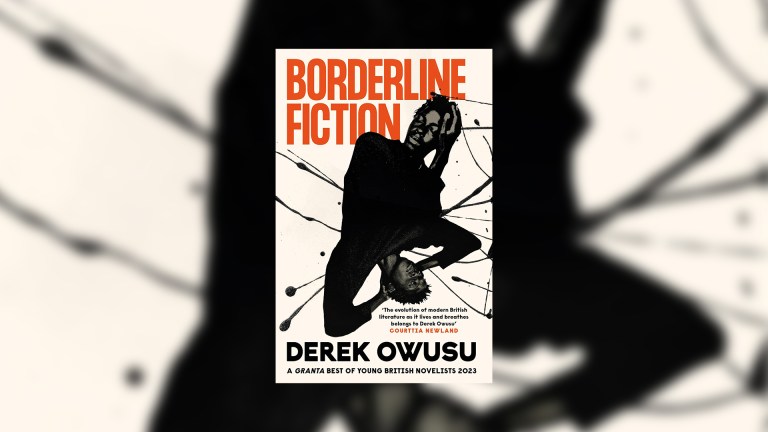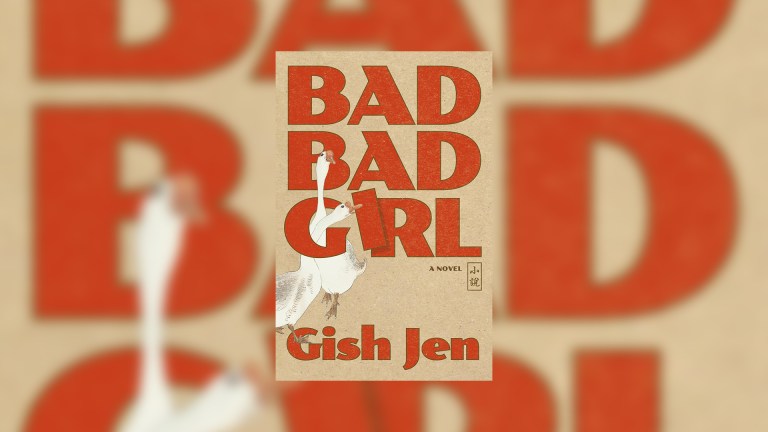Below the urban landscape of nearly every major British city there are buried rivers flowing not far beneath your feet. Interred and almost forgotten, these were once clean brooks, streams and burns that supplied fresh water to communities that had settled upon their banks.
During the industrialisation and population boom of the 18th and 19th centuries, these small villages began to expand and merge into one another. The demands upon these delicate watercourses became intense, not only for drinking water but for the likes of tanners, slaughterhouses and brewers to dispose of offcuts, gore and dregs. Along with disc-arded human waste and dead animals, these rivers rapidly became rancid, open sewers.
The quick answer to this noisome problem was simply to cover the rivers over and seal them up. The discovery by Dr John Snow in the late 1840s that cholera was carried by water reinforced the drive towards improved sanitation. In London, Sir Joseph Bazalgette was tasked with creating a massive sewage network beneath the streets. And the tributaries of the Thames were press-ganged into becoming sewers and storm drains within this grid.

A commercial bonus of covering over the waterways was that it created more space for much-needed housing and factories. In Leeds the River Aire was covered over by the railway station. The River Tib (possibly named after the Tiber by homesick Roman soldiers) that still runs under central Manchester has been subterranean for nearly 200 years with factories and offices built upon it. And the Jordan Burn, which flows under Morningside, Edinburgh, was largely culverted in the late 19th century with houses cons-tructed upon it.
I became aware of the capitals’ hidden rivers during research of my first book, The Regent’s Canal. The canal navigates through parts of north and east London including Regent’s Park, where the Chalbert footbridge straddles it. Within this crossing is a conduit carrying the River Tyburn, heading south towards the Thames. About a mile further south the conduit can be viewed again, this time over the Circle line at Baker Street Underground station.
And further, at the junction of Marylebone Lane and Bulstrode Street, is a cast-iron grate with narrow slots, embedded within the road. Keeping a careful eye out for traffic, you should be able to see (and hear) the waterway beneath.






